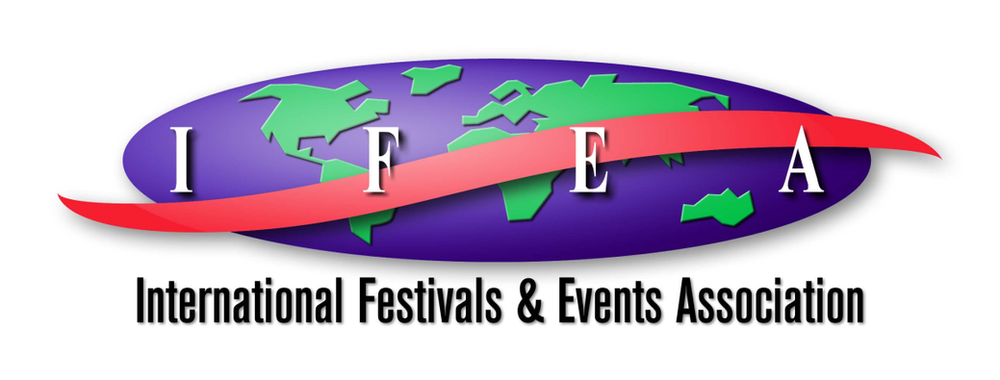1. Start with a prospect that is a good fit for your event. As I’ve explained in a previous column, prospecting can be one of the hardest parts of gaining sponsorships, but it is the first step in a successful pitch.
A lot of events make the mistake of mass calling or emailing any and all businesses looking for sponsorships, regardless of whether they are a good fit for the event’s patrons.
Now you may be asking, “How do I know what’s a good fit?” You know by looking at your audience data! Who is your audience? Where are they coming from? What are their interests? What are they looking to purchase in the next year?
Letting your audience data lead you to your prospects will ensure that you find sponsorships that are a good match for your audience. When you match potential sponsors with your audience, you will not only experience greater success in signing sponsors, but your sponsorships will be more successful. Trying to squeeze a sponsorship into an event for the sake of the money almost never leads to successful results for the sponsor.
2. Set up a time to talk to the prospect BEFORE you send a proposal. I tell events this over and over, yet it feels like 90% of events still send out stock “level” proposals to cold prospects. Do not do this It does not work.
Warm up your prospects by setting up a meeting in person or by phone to discuss how their brand and your event can partner. Ask questions. Find out what they look for in a sponsorship and what a successful sponsorship looks like to them. Ask what they are trying to get out of sponsoring an event.
I also suggest asking the prospect how they will measure the sponsorship’s success. This allows you to put a strategy together that will provide the best opportunity for success by their standards. Knowing what the prospect’s sponsorship or marketing goals are will help you create a proposal that not only maximizes your dollars, but also ensures you are creating a sponsorship that reaches their goals.
3. Create a high quality, customized proposal that answers their questions and meets their expectations. When it comes time to actually putting the proposal together, I have some tips to share:
- Include your audience demographic data and any additional relevant data that shows how your event and the prospect share the same audience. Being able to highlight this information goes a VERY long way to helping you close a deal.
- Make your proposal informative, easy to read, and attractive. Your proposal is where you not only showcase your event, but also show that you are professional and that you take this prospective partnership seriously. Tip: don’t include pages and pages about your event; a paragraph or less is usually sufficient.
- Craft the proposal to meet the prospect’s sponsorship initiatives. For example, if the prospect says they want to build a leads’ list from your event patrons, make sure you build in something that will help generate those leads, like an enter-to-win contest. Avoid a bunch of generic stuff like placing logos on flyers because that won’t push them to their goals. Be deliberate in how you craft the proposal so that it’s clear to them that you listened to and valued what they had to say, then show how your event can help them reach their goals.
4. Follow up with the prospect. After you present your proposal – whether it’s in person or by phone or email – make sure to follow up. Sometimes I’ll have to follow up several times in order to get a response. Ninety percent of the time, if I have taken the time to do the first three steps, I’ll get an answer back instead of a prospect just ignoring me. The most common answers are “yes,” “yes, but…”, “we don’t have it in the budget, but we want to do it next year,” and “no.”
When you get a “no”, follow it up with a gentle request for feedback. See if they will tell you why they passed. This might lead to further discussion, or it will at least allow you to change approaches for next year. In most cases, if you get a “no” and you have done the first three steps, it comes down to budget. If it’s a budget issue, there might be a way to negotiate.
If you feel like you are falling short on hearing “yes” from prospects, you may want to reevaluate how you are approaching your pitch. When I find that I’m not hitting my sponsorship goals, it’s usually because I skipped one of the steps.
Sponsorship sales is a time-consuming process, but when you take the time to do your pitches properly you will most certainly see success.
 This article was written by Teresa Stas and was originally published in the International Festivals & Events Association “i.e.: the business of international events” quarterly magazine November 2019.
This article was written by Teresa Stas and was originally published in the International Festivals & Events Association “i.e.: the business of international events” quarterly magazine November 2019.
The premiere association supporting and enabling festivals and events worldwide. For more information on the IFEA, go to: www.ifea.com.

